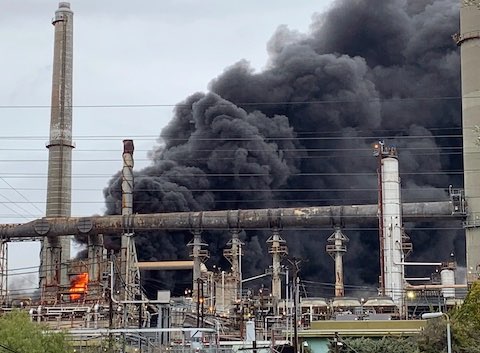
12 Feb Martinez Refinery Says Burned Chemicals Included Those That Can Cause Cancer, Heart and Lung Disease

Chemicals and combustion byproducts from the Martinez refinery fire earlier this month included those that can cause cancer and heart and lung disease. (Tony Hicks / Bay City News)
By Tony Hicks
Bay City News
Contra Costa Health on Tuesday responded to a Martinez Refining Company report that chemicals and combustion byproducts from the three-day fire earlier this month included those that can cause cancer, and heart and lung disease.
County health officer Dr. Ori Tzvieli said in a statement the community was fortunate the wind blew most of the toxic smoke north of the refinery and away from populated areas.
“This could have been much worse,” Tzvieli said. “We got lucky this time. But our community shouldn’t have to rely on luck.”
At approximately 1:30 p.m., Feb. 1, two workers opened equipment to prepare for planned maintenance on one of the refinery’s process units, which was shut down Jan. 30.
MRC — which is owned by PBF Energy — said hydrocarbon material started to leak and the workers evacuated the area. The material caught fire, which spread within the immediate vicinity.
Both workers were transported offsite for medical evaluation and released. Four other workers were also injured, though none seriously, the refinery said.
County officials issued a shelter-in-place alert at 4:49 p.m. for specific neighborhoods near the refinery, which was lifted about 9 p.m. Contra Costa’s Community Warning System issued a Level 3 alert, the most severe in its four-tier system, which begins at Level 0.
Though under control, the fire burned for three days.
On Feb. 5, CCH asked MRC to disclose what products were released or caught fire during the blaze in a mandated 72-hour report, which CCH received Friday.
MRC said chemical products involved included naphtha (petroleum), light thermal and light catalytic cracked; distillates (petroleum), light catalytic cracked; isobutane-rich C3-C4; diethanolamine; and distillates (petroleum), intermed cat cracked.
Combustion byproducts from the fire included particulate matter from the smoke, benzene, hydrogen sulfide, sulfur dioxide and xylene.
CCH said air-quality measurements taken by its hazmat staff during the fire showed concentrations of chemicals in the air were mostly below the threshold considered dangerous. There was a brief period when smoke remained close to the ground and particulate matter north of the refinery measured at a high level. Health officials said, because it was only a short period, they don’t expect a significant health impact on most people in the area.
The Bay Area Air District also took air samples during the fire, which the health department will review when results are available.
The county’s health advisory remained in effect until the fire was completely extinguished Feb. 4.
CCH said the combustion byproducts pose the greatest health concern. The agency said it will work with a toxicologist to assess whether there may be any long-term health impacts, including potential impacts to soil and water.
MRC is scheduled to provide CCH a 30-day follow-up report in early March. CCH said the county will hire a firm to do an independent root-cause analysis to determine why the fire started and how another can be prevented.
The fire is the latest safety lapse at MRC in recent years. In Nov. 2022, the refinery accidentally released tons of toxic spent-catalyst dust in the surrounding community.
MRC’s 72-hour-report can be found at https://bit.ly/40XA6BH.
For more information, go to https://www.cchealth.org/health-and-safety-information/hazmat-programs/martinez-refining-company-oversight.
Copyright © 2025 Bay City News, Inc. All rights reserved. Republication, rebroadcast or redistribution without the express written consent of Bay City News, Inc. is prohibited. Bay City News is a 24/7 news service covering the greater Bay Area.





No Comments